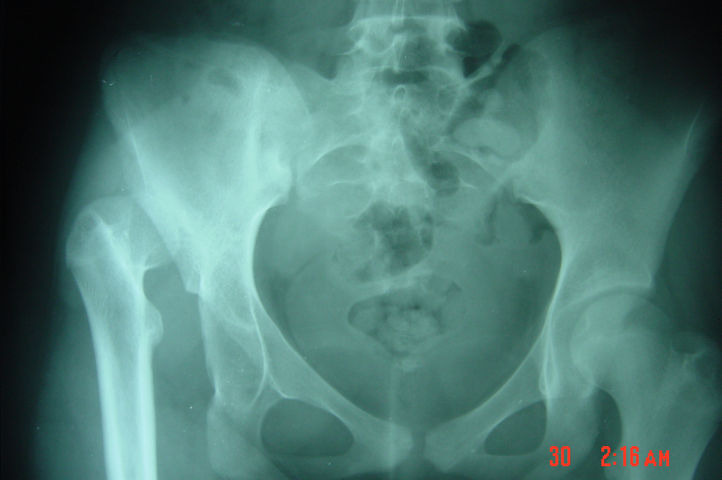
According to general belief if the diagnosis of developmental dysplasia of the hip ( DDH - former congenital dislocation hip or dysplasia hip -dysplasia hip baby) is delayed, the soft tissue and bony adaptive changes will be well-established and it is necessary to perform an open reduction of the hip often with surgical correction of the shape of the acetabulum and femur by osteotomy. This adds considerably to the scope of the intervention and it is often not possible in these cases to create a normal hip. If a concentric stable and well contained hip cannot be established by the age of four, the prospect of residual dysplasia and disability is almost universal. However, despite a deceptive good function during childhood, the abnormal hip shape would lead to altered mechanics and in adolescence fatigue pain and limp may develop, which progressively will lead to premature osteoarthritis of the hip at an early age , necessitating joint replacement surgery (total hip arthroplasty).
These apps from Orthopractis.com are a handy tools for an orthopaedic surgeon, radiologist, medical student or residents who wants objectively monitor and determine the severity of dysplasia of the hip. The build-in comparison feature with the normal reference values according to patient age may help decide what could be considered normal or borderline dysplastic or dysplastic. The apps are not a simple goniometers, is an enhanced product which offers the ability to compare all the input data with medical reference database. The results are printed on the screen and the hips are categorised as normal or dysplastic according to the measured value respectively.





